If you think about it, domestication is actually an unnatural phenomenon. It didn’t always exist. Humans made sure it did. We don’t see any other species taming or domesticating another just for the former’s benefit. Yep, humans are pretty much capable of it all.
However, as much as the balance weighs towards human cunningness when it comes to domestication, there are instances of natural domestication that may have occurred ages ago. These modifications mostly came about mutually, that is, when the other species too, were consensually friendly and helpful to humans. Because they wanted to.
This post lists all the animals that were unfortunately manipulated along their course of evolution and domesticated by humans. But fortunately for most of us today, we have companions even in the face of dire human connection. Presenting, domestic animals!
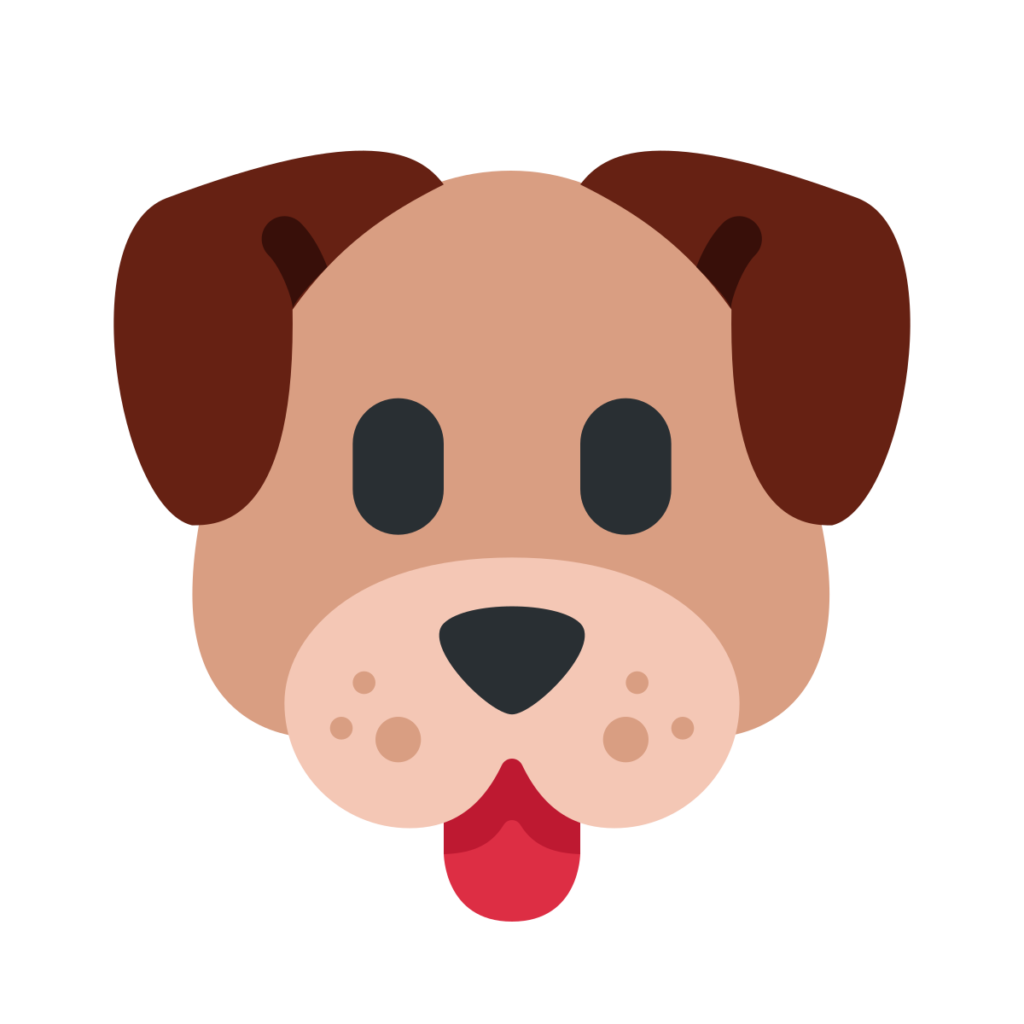
🐶 Dogs
Dogs, per se, were not the first species to be domesticated. They were the product of an ancestral chain of domestication that began with 🐺 Wolves. This is why dogs and wolves are physically similar in ways.
These wolves were first tamed and made to be friends with our human ancestors in 13000 BCE. Now, we know that we’re not soulmates with our dogs, but rather our genetics have evolved together to make us like and love each other to no bounds.
Other dog emojis applicable in this context are – 🐕 Dog, 🐕🦺 Service Dog, and 🦮 Guide Dog. There’s a 🐩 Poodle too, if you want breed variation.

🐐 Goats
Chronologically speaking, 🐐 was domesticated a few thousand years after dogs or wolves. The goat’s domestication process approximately began in 10000 BCE (3000 years after 🐶). Goat meat and goat milk were consumed since the Neolithic times and it’s during this time that humans began domesticating the goat.
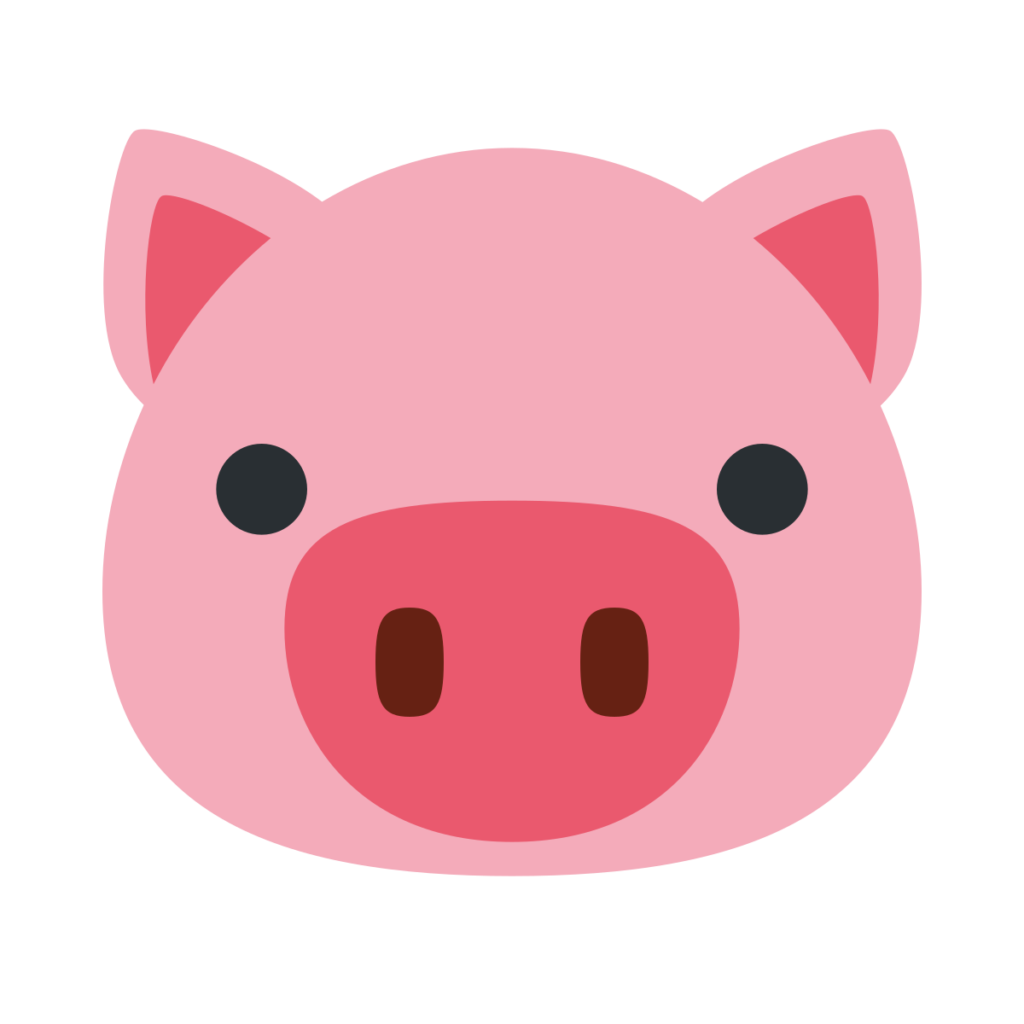
🐷 Pigs
Just about a thousand years after the goat, in 9000 BCE, the pig was domesticated. However, there is some evidence claiming that domesticated pigs existed as early as 3000 BCE. Along the course of piggy domestication and breeding, it is said that the tamed ones were sometimes crossed with the feral pigs.
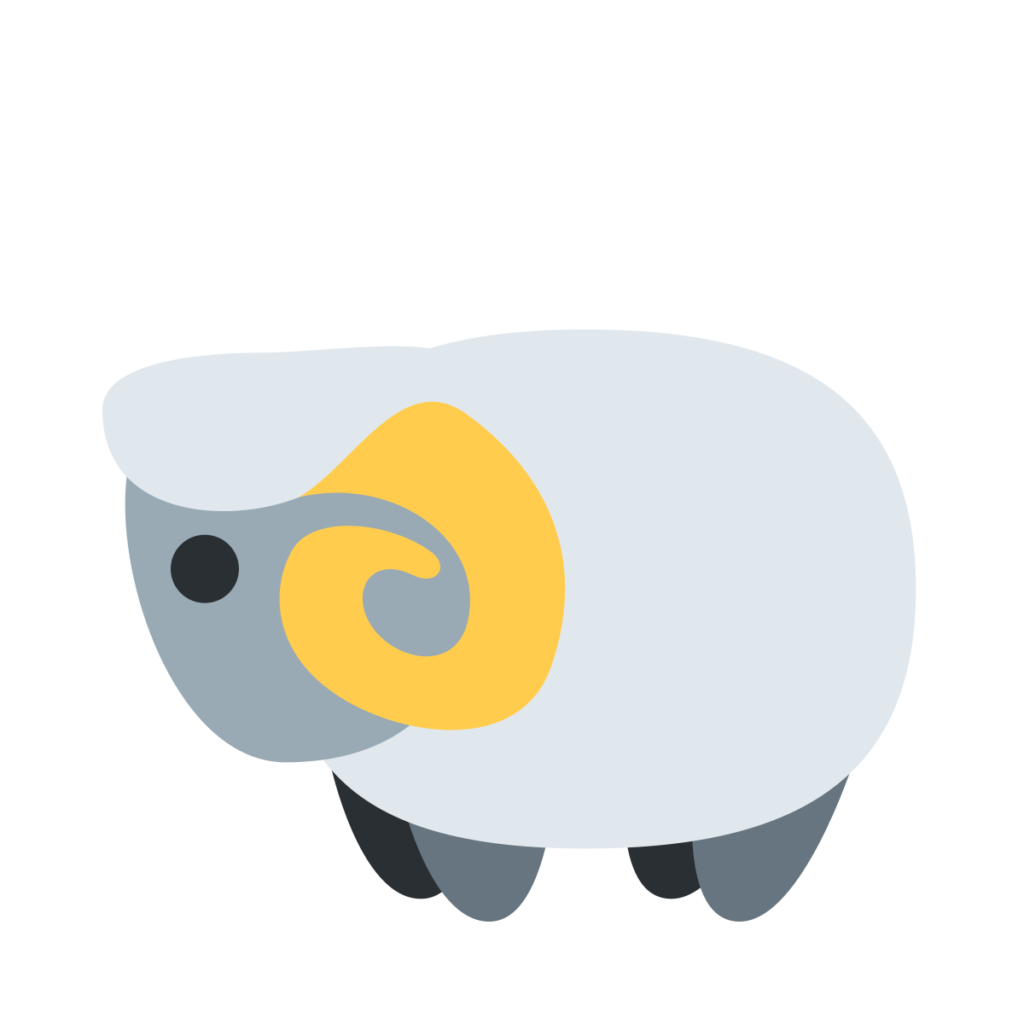
🐏 Sheep
Though the name says “sheep” the emoji only refers to the male sheep. There’s a female component too, the 🐑 Ewe. There’s no emoji for sheep, gender-neutrally.
Anyhoo. Sheep were domesticated around the same time as pigs. It is said that Central Asia was the first place to start this process.
Although sheep have been farm animals for nearly 10000 years, their assets were only discovered for trade 5000 years later. These fluffy sheep entered the business of wool in 6000 BCE.
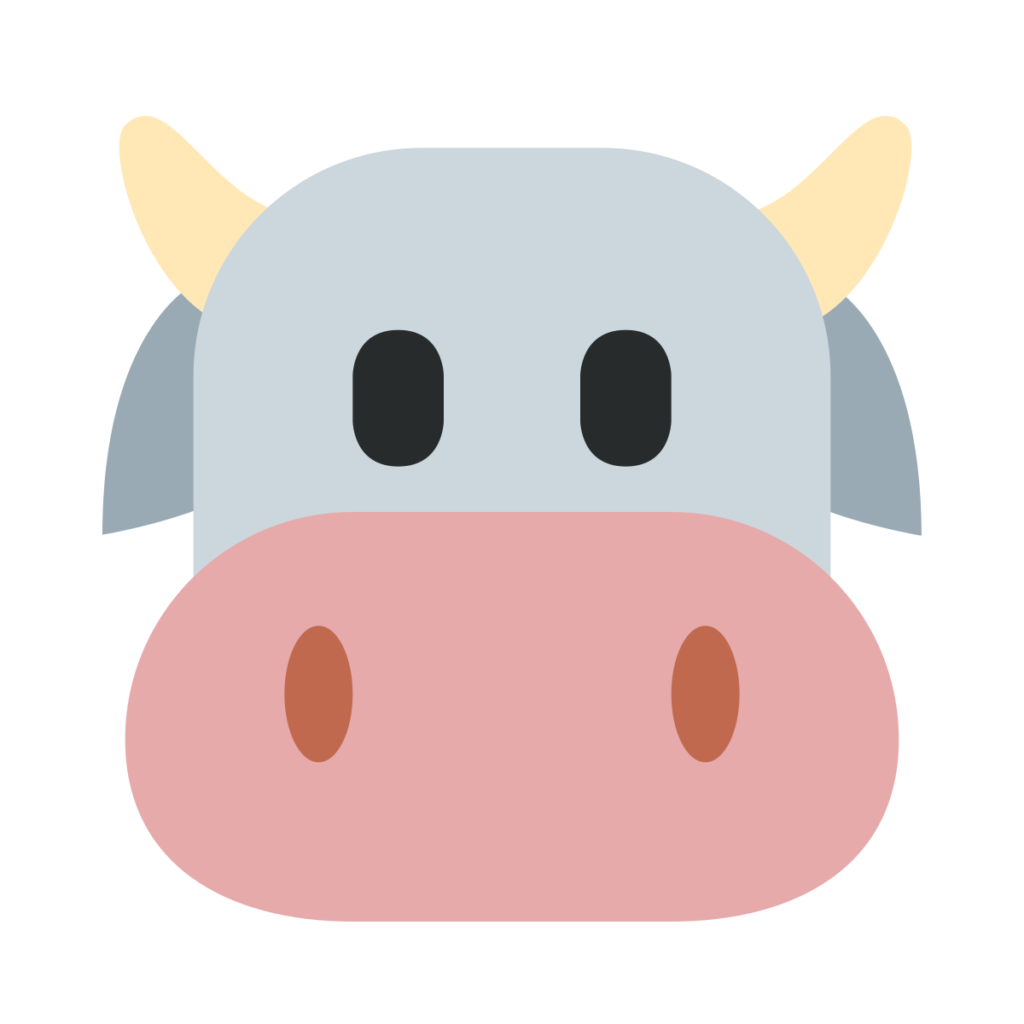
🐮 Cows
Cows are some of the earliest animals to have faced human advances of domestication. Cattle at large is said to have been put on this path of the inevitable since 8000 BCE. Making cows domestic for nearly 10500 years now. No wonder why they’re so exploited.
The full body variant of this emoji is the 🐄 Cow emoji.
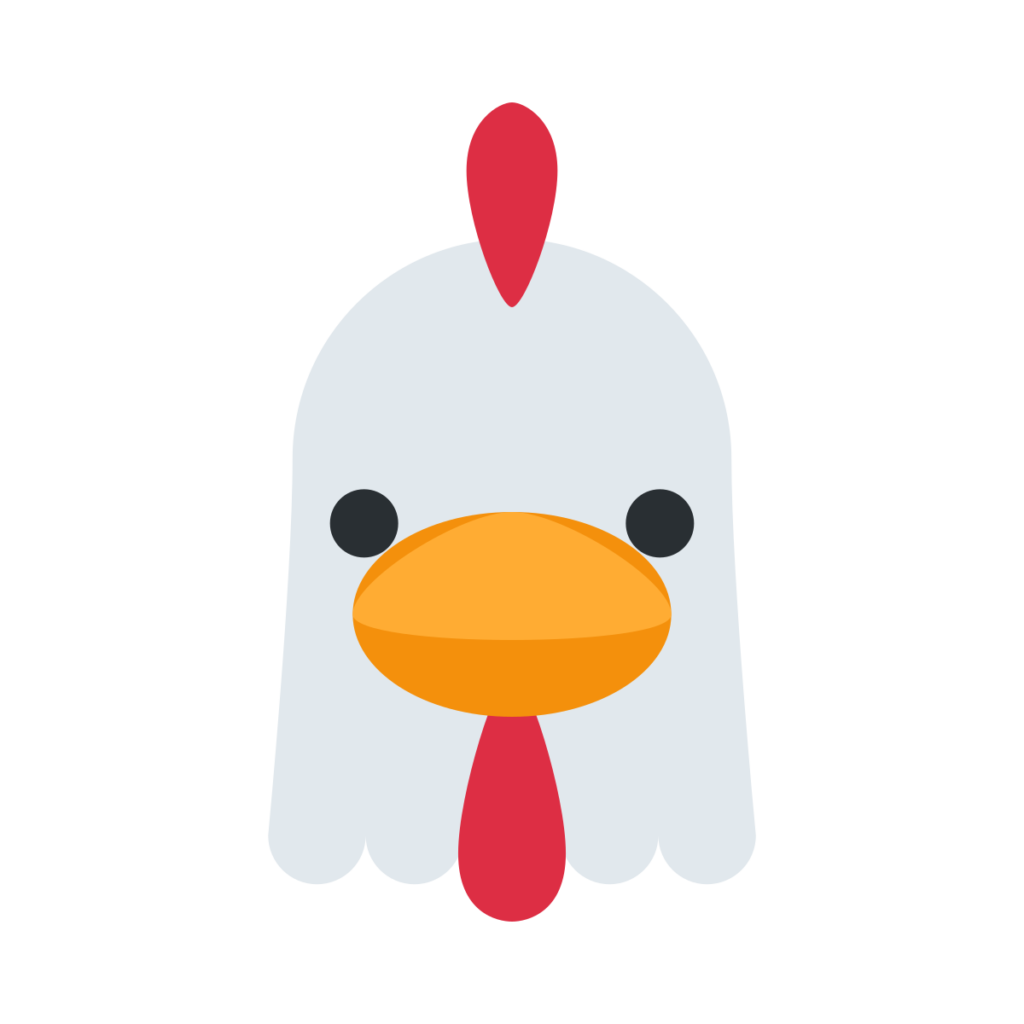
🐔 Chicken
Chickens are said to have been domesticated in 6000 BCE, just when the wool trade had begun. But, some sources hold these birds to have been used for humans needs much before that. As early as 2000 BCE!
Given the lengthy history of domesticating chickens, it would be natural to think that the world may have run out of wild chickens. Nonetheless, that ain’t true. There are many wild chickens, and jungle fowl out there.
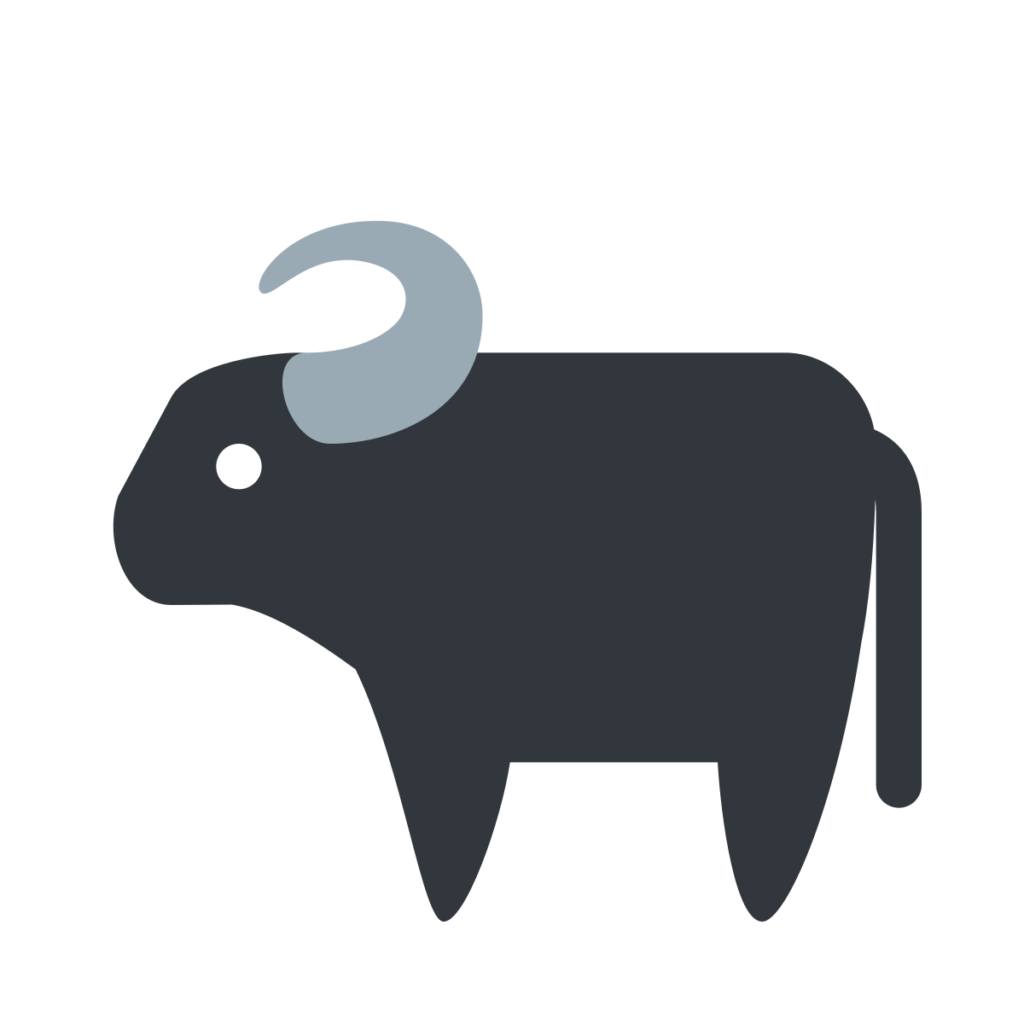
🐃 Water Buffalo
Water buffalos are believed to have originated from Southeast Asia, India, and China. These animals have been domesticated for about 4000 to 5000 years now. The dates vary depending on the location. India was the first to domesticate the water buffalo. So, in this part of the world, the animal has been tame for 5000 years, but elsewhere it could be lesser.
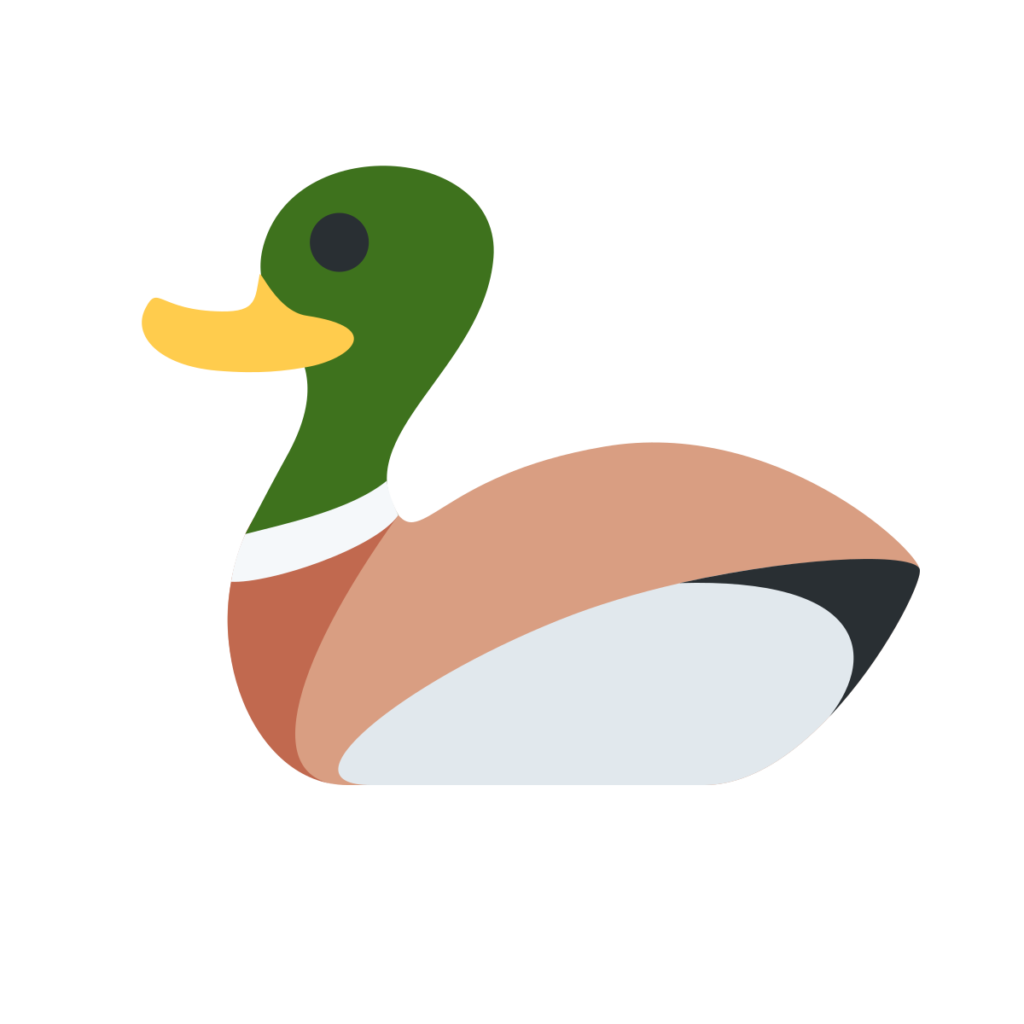
🦆 Ducks
Ducks were domesticated around the same time as water buffalos. And like the buffalos, these guys too found their original domestic environment in Southeast Asia. It’s the Mallard ducks (the same as the emoji) that were used to begin this cycle of domestication.
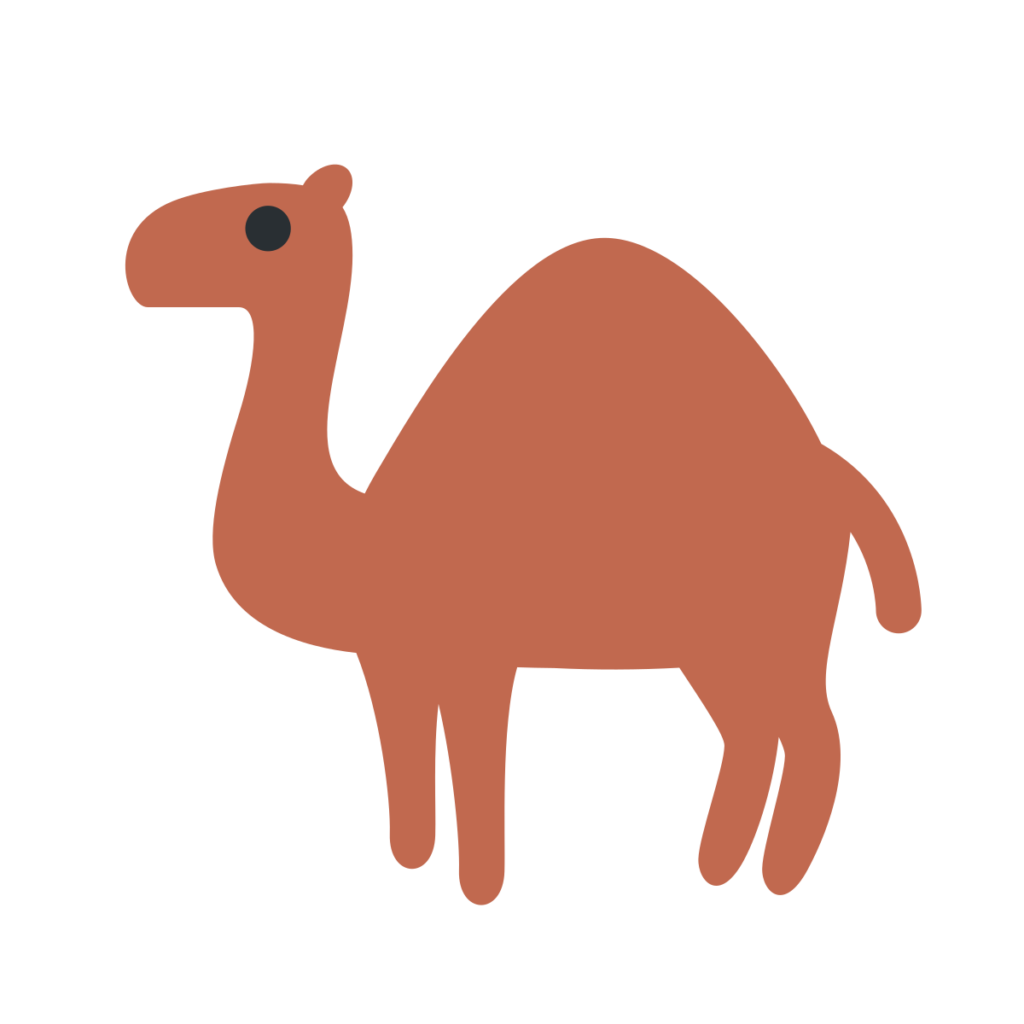
🐪 Dromedary/One-Humped Camels
According to some sources, 🐪 was domesticated around the same time as the water buffalo and the duck. But, there are some studies holding the dromedary camel to have been domesticated much before that, in the 930 BCE itself!
Camels are super hardworking animals. Ancient fossils supporting their earliest domestication too, prove that these sweet giants were overworked by humans. Dromedary or the now domestic camels are said to have arrived from the Middle East, mostly from Arabia.
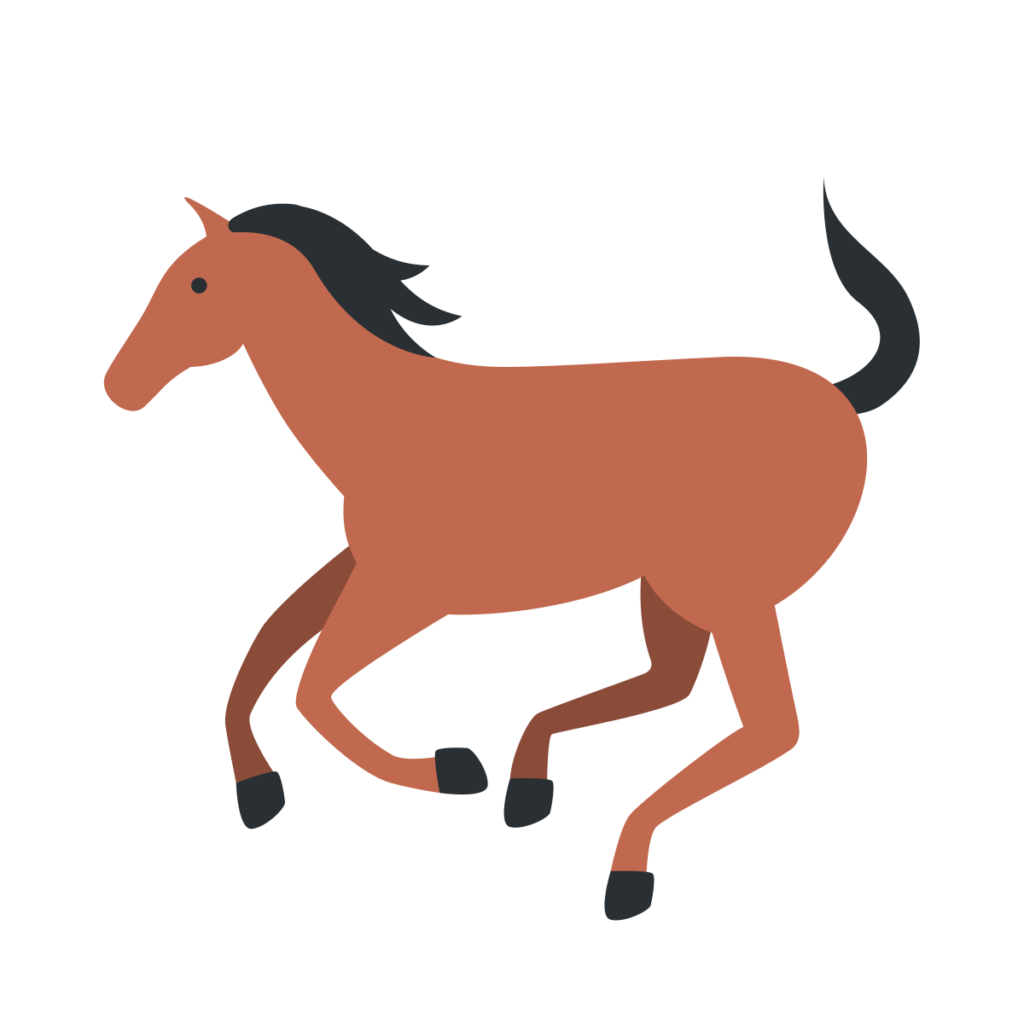
🐎 Horses
Horses were introduced to domestication between 4500 BCE and 3500 BCE. These gentle and resourceful animals are said to have been so excessively domesticated that there are no more wild horses left in the world today. This may be one such case of extensive domestication to the point of exhausting an entire side of a species.

🕊️ Domestic Pigeons
Well, unlike horses, pigeons have still kept up their wild side. They were domesticated for various reasons 10000 years ago. Pigeons were used even as technology to send and receive messages.
However, something brilliant happened. Many pigeons (many, not all of them) shat on evil humans’ plans and flew back into the wild. And hence, there are still “untamed” pigeons around. Not all of them are as docile as they may seem.
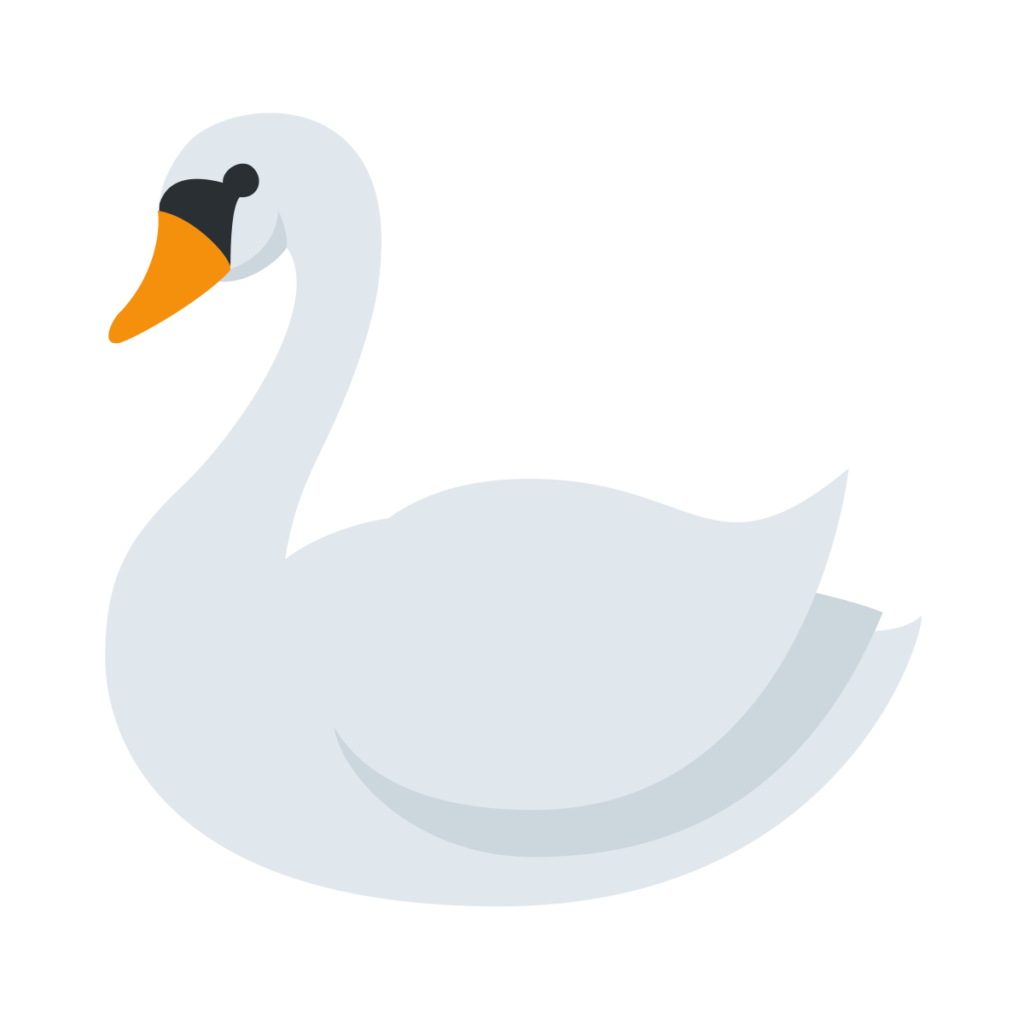
🦢 Domestic Geese
Yeah, it ain’t gooses.
Geese are studied to have been one of the first animals or rather birds to have been domesticated (along with chickens in another part of the world). These dudes may have been domesticated 4000 or 3000 years ago, but there are sources hypothesizing their taming to have been much earlier.
There is evidence for it, but just not enough.
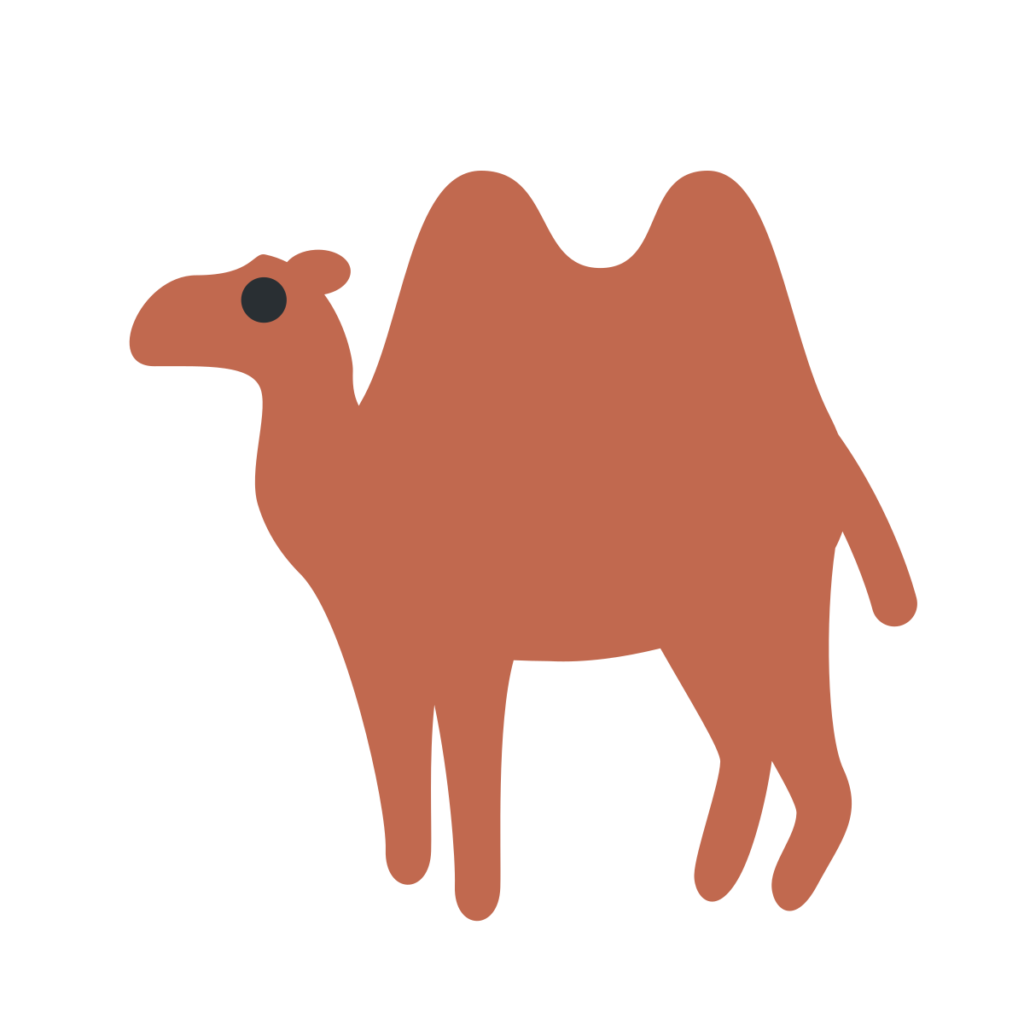
🐫 Bactrian Camel
Yep, these guys were domesticated too!
Bactrian camels or the double-humped/two-humped camels were domesticated in the same time frame of the Arabian/Dromedary domestication. 🐫 originated as a domesticated species in Afghanistan and Turkestan, roughly in 2500 BCE.
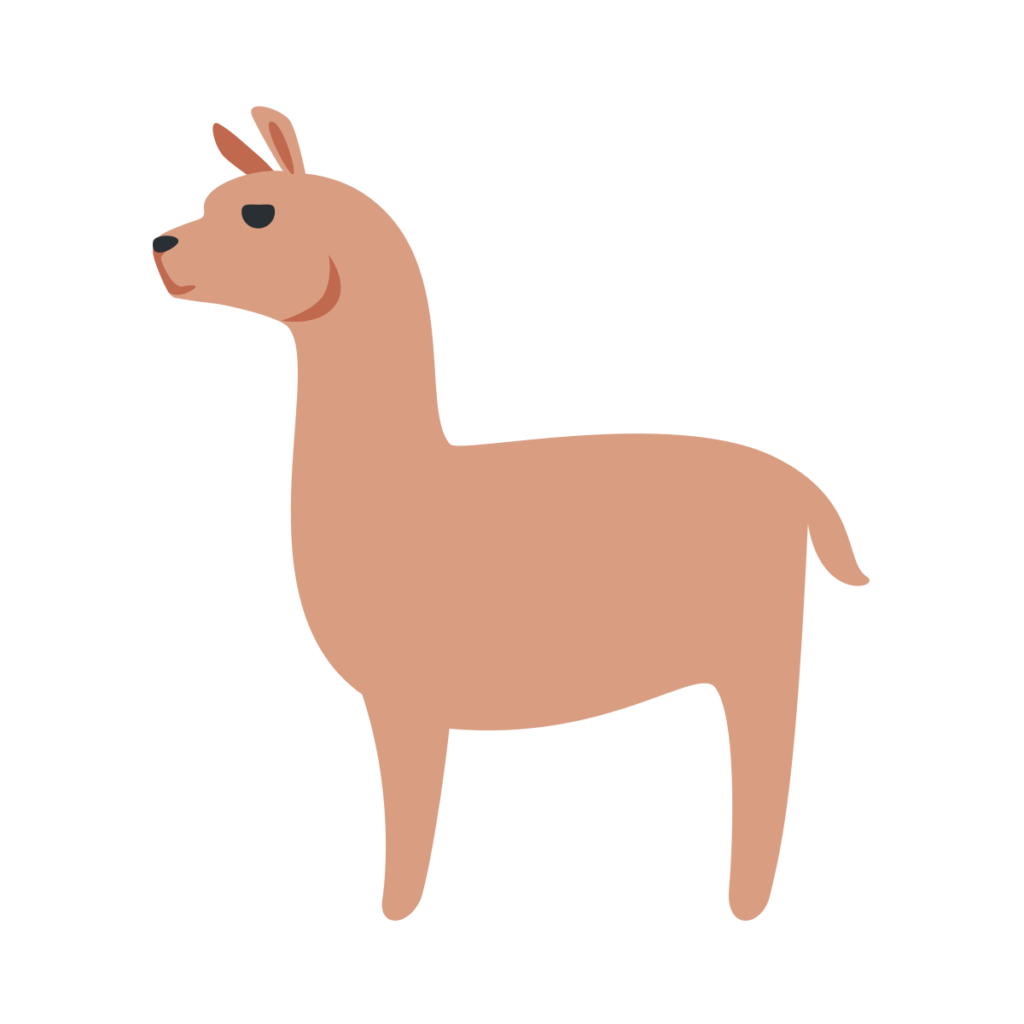
🦙 Llamas
The llama, like the horse, is a fully domesticated species. The “wild llamas” that exist are not exactly llamas, but slightly different species known as Guanacos and Vicuñas. Nevertheless, all species are hunted for human needs ranging from food to fashion.
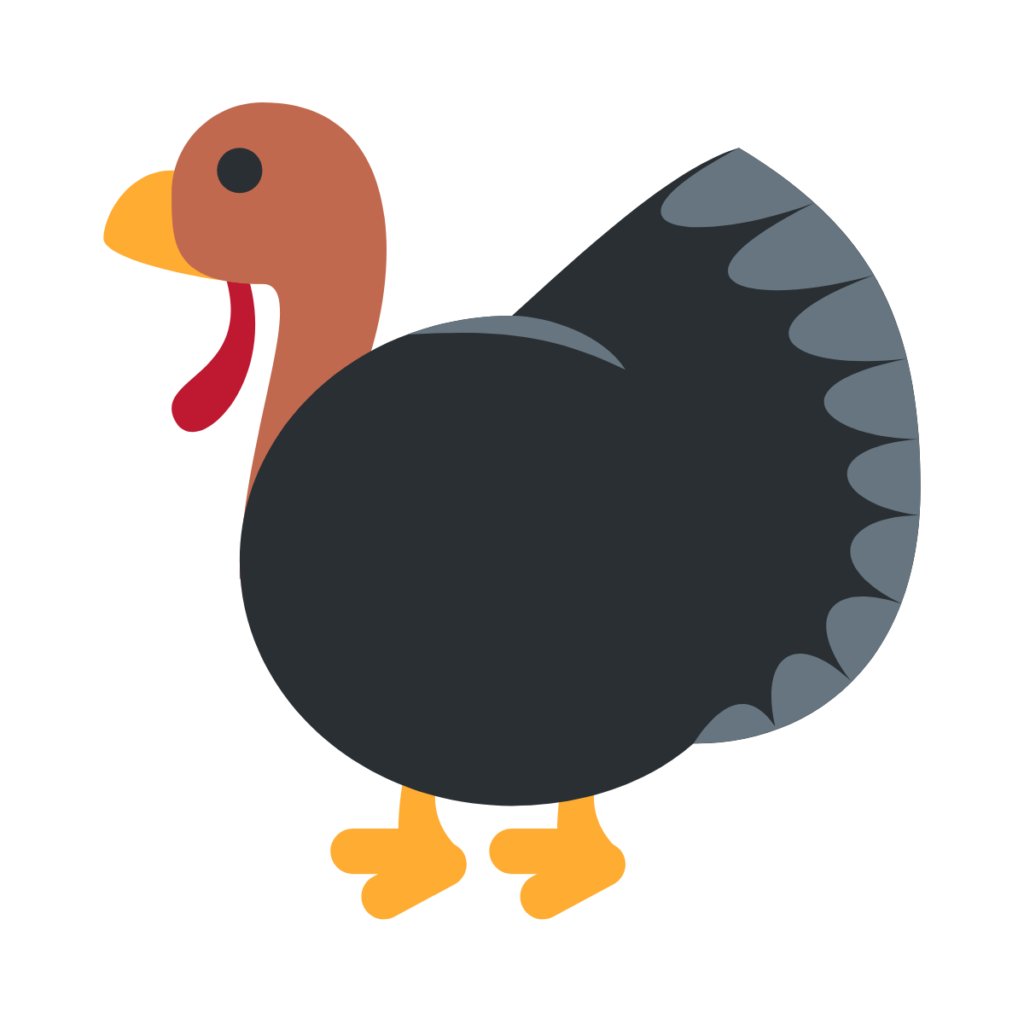
🦃 Domestic Turkeys
Turkeys were first reared and raised by humans about 2000 years ago. However, all turkeys weren’t. Thank goodness. One of the two wild turkey species still lives on and it seems to be the ancestor of the domestic turkey.
Now, if we hadn’t screwed up, there would’ve been many wild turkeys.
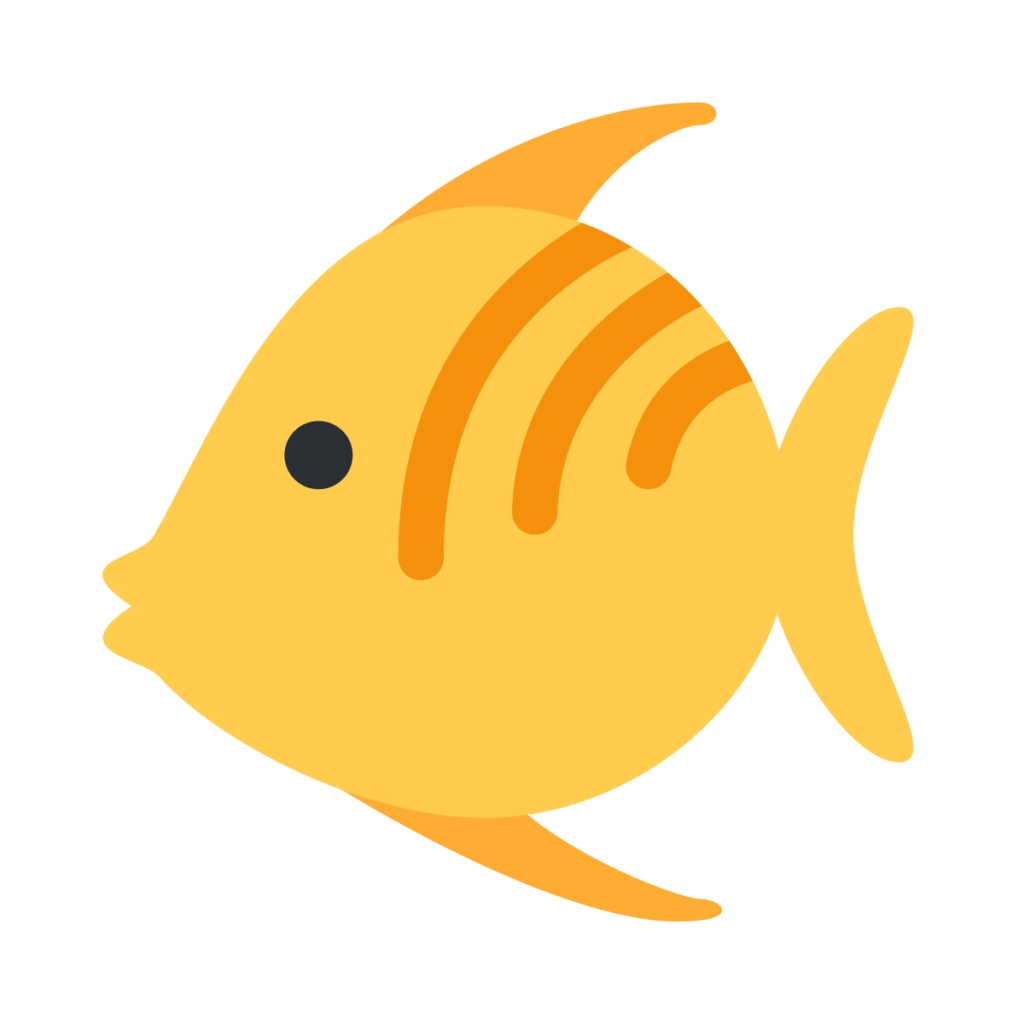
🐠 Goldfish
Forgive the poor representation. This was the closest replication compared to the 🐟 Fish. Not the goldfish, just the fish.
Goldfish are one such domestic animals that we don’t quite think of very often when it comes to domestication. These little buddies were in the business even before 960 AD. Yeah, they came in late. But boy did they stay. These fish were involved in selective breeding by the time. The process only thickened after.
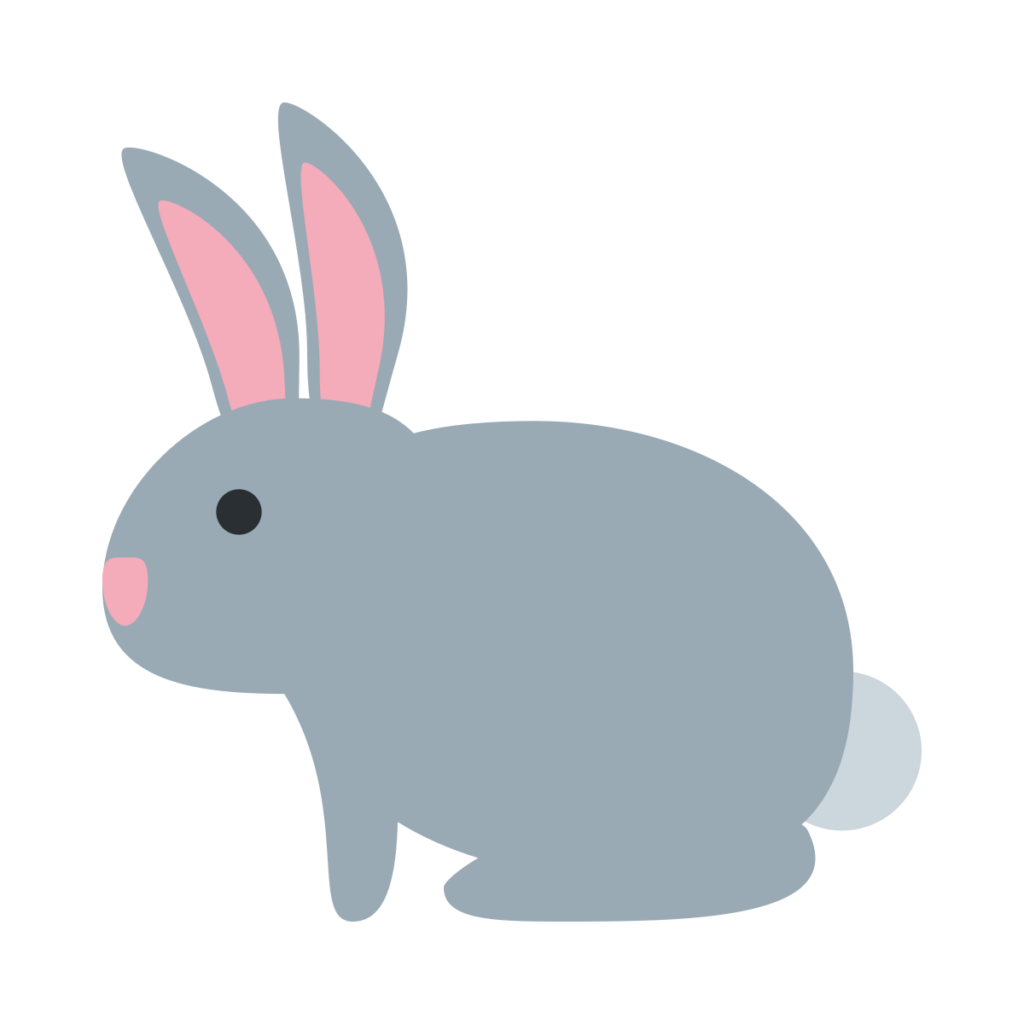
🐇 Domestic Rabbits
We all know wild rabbits exist. In fact, lots of them. Lots of rabbits that resisted domestication. So proud! Anyway, humans began domesticating rabbits sometime during the 5th century. They were one of the first animals hunted for meat and some of the pioneers in the slaughterhouse as well. Sad but true.

🐈 Cats
Dogs and cats account for the top two human-sheltered animals. Although they rank as the most popular pets in the world today, they were domesticated in completely different time periods.
Cats were domesticated a long time after dogs. We’ve had domestic cats for just 3600 years now, whereas humans and dogs have been pals for almost 30,000 years. There is an interesting research stating cats to have domesticated themselves. Which explains why cats are the way they are.
Now, coming to the star of the show, the 🐈⬛ Black Cat. Black cats are such a massive part of the superstitious cult that it’s not even funny. While they’re positively viewed in some cultures, some believe them to be omens. What did the black cat ever do?!
Domestic animals have become a part of human life. But sadly, not in the best ways and the best reasons. Most of these animals are being placed in the domestic sphere for many greedy needs and two of those being hunger and taste. We’re not one to judge, but it is what it is.
If you were to use domestic animal references online for reasons both objective or subjective, we hope these emojis help.